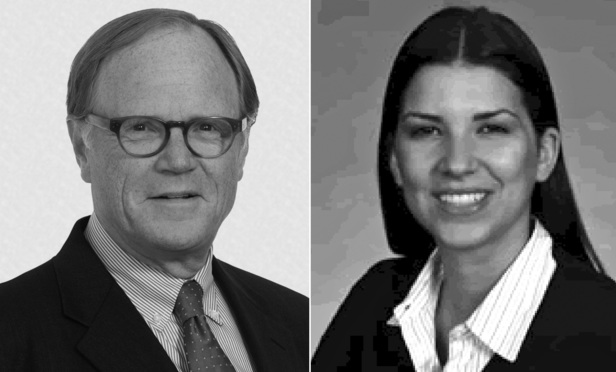Fair warning both to defense counsel who represent employers, and to plaintiffs’ counsel who represent employees, in employment-related litigation under Title VII of the Civil Rights Act of 1964, as amended, the New York State Human Rights Law (NYS HRL) and the New York City Human Rights Law (NYC HRL): Whether claims for relief go to the judge or the jury is not as simple as at least some might think. Stated another way, the often-heard mantra in employment litigator circles—”back pay is for the jury and front pay is for the judge”—just isn’t correct.1
In fact, what kinds of claims for relief go to the judge and what claims go to the jury depends on what substantive law is at issue, what relief is sought, and whether the relief is being sought in federal or state court. Unwittingly, defense lawyers in federal court often waive the argument that both back pay and front pay—which includes reinstatement—should be decided by the judge (and there is case law demonstrating such waivers).2 And plaintiff’s lawyers have been selecting the federal courts as their venue, often without realizing that doing so may risk waiving the right to have the jury decide whether back pay or front pay should be awarded, and if so, how much.



